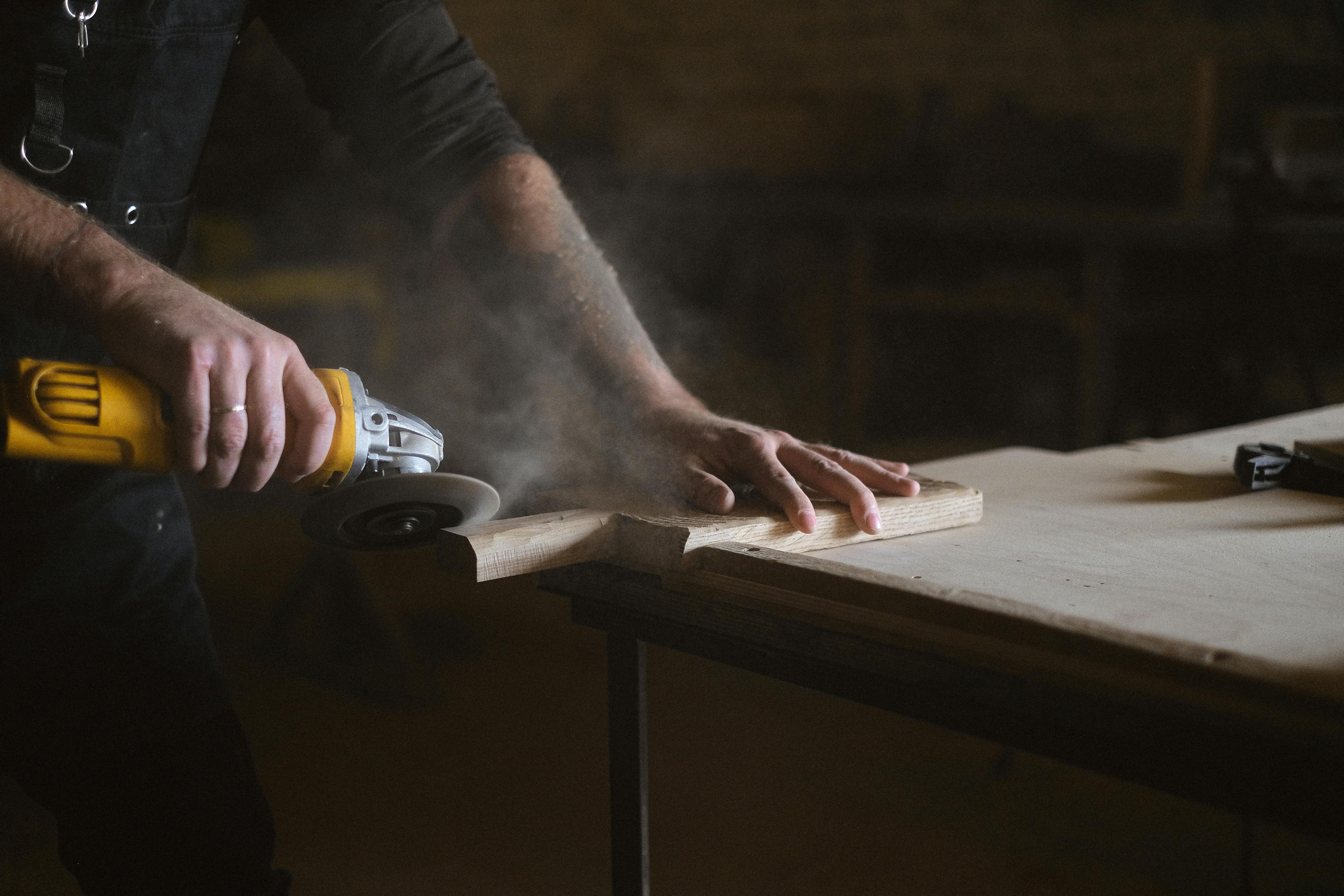Attic vents, do you need any attic ventilation?
Home attic vents (also called baffles or beam vents) play an important role in the attic ventilation system.
They have three functions:
- Provide an unobstructed air passage between the ceiling and the attic.
- Allow attic floor insulation to be installed close to the ceiling without worrying about clogging the ceiling vents with insulation.
- Allow a sufficient build-up of insulation just above where the roof of your home meets the exterior wall, thus limiting air exchange between the living space and the attic.
However, your attic can also have perfect air circulation without the ventilation deflectors, in some cases they can even be useless (houses without soffits or without soffit vents have no use for them); It all depends on the attic ventilation design and insulation of the attic floor.
Soffit – the exposed underside of the roof section that sticks out of the house wall
So how can you tell if your attic is adequately ventilated and if you need vents?
Unfortunately, you should have your attic examined (not that this is the only reason to visit your attic periodically), and if your weather includes a cold season, choose one of the coldest days for this purpose. In this way, you will be able to detect many more problems in the attic than when you do on a hot day.
Attic vents come in two popular flavors: cardboard and foam (looks like compressed styrofoam) and a variety of colors. Most typical sizes are 16 “and 24” to match the open space between the members of the roof frame.
They are shaped such that they can be stapled to the roof deck along their edges, which is an easy task if installed in new construction, without the ceiling drywall underneath. Vents can also be installed by sliding them between the insulation and the roof deck. The sliding part can be tough in some cases due to the roof nails sticking out of the deck, the low clearance, and of course the insulation.
Attic vents are very useful with a blown type insulation.
Blown or loose / poured attic floor insulation is not as easy to control as blankets and other types of compacted / form-formed insulation. Without vents, insulation can fall into the ceiling or is often blown away by drafts from the area near the ceiling that goes further into the attic.
This exposes the attic floor and allows warm air from the living room below to migrate into the attic and condense on the surface of the roof deck (cold season). This situation can be avoided by placing short pieces of batting insulation in the area closest to the soffit and then filling the remainder of the floor cavity with blown-type insulation or installing a ventilation duct.
With a blanket, batting, or a rolled type of attic insulation already installed and tucked to the bottom of the ceiling, you will need to reposition it in the attic to have enough space between the roof deck and the insulation to slide the vent in. that space. .
- Do not push the vent deflector all the way to the bottom of the soffit, this is not necessary, you just need to go a little deeper than the insulation directly below it. After placing the vent against the roof deck (staple it if you can), push the pulled insulation firmly into the gap, but without crushing the vent.
Attic vents in cathedral ceilings
If there are no vents installed and the insulation has been tightly packed into the joist space, chances are you will end up with mold and not much can be done without some serious remodel.
In some cases, installed vents can create problems; a very common problem is when the bathroom vent discharges into the ceiling (the International Building Code does not allow this, but some jurisdictions do … for some inexplicable reason). With the vent installed near the bathroom vent discharge register, warm, humid air will often flow back into the attic, often causing condensation + mold growth.
How many wind slides do you need?
If you go to your attic, and against all odds, everything seems perfect:
- no moisture stains on the roof deck or frame
- no corrosion or roof nails sticking through the deck
- no condensation stains on attic floor insulation
- no mold residue
you most likely don’t need a wind ramp.
If you noticed any of the issues listed above, you would have to start doing your research, and installing attic vents could be one way to solve your problems. You can start by installing them only in the areas where you noticed some obvious ventilation problems.
You can also fill each joist / joist space with a vent just to be safe, but before you do, make sure your home has a ceiling with existing and open vents.
No matter how many vent deflectors you install, they will not work if the soffit vents are clogged or absent at all; Seeing a soffit vent log on the outside of the home does not necessarily mean it is open. It may be sealed with multiple layers of paint, clogged with dust / lint, clogged with attic insulation, or there may not be a cutout on the exterior register; check this first.
Whatever you do with your attic vents, always remember your safety first, do not try to do anything you are not 100% comfortable with, avoid doing attic work in hot weather, be extremely cautious on the ladder, and always wear protective gear.



Recent Comments